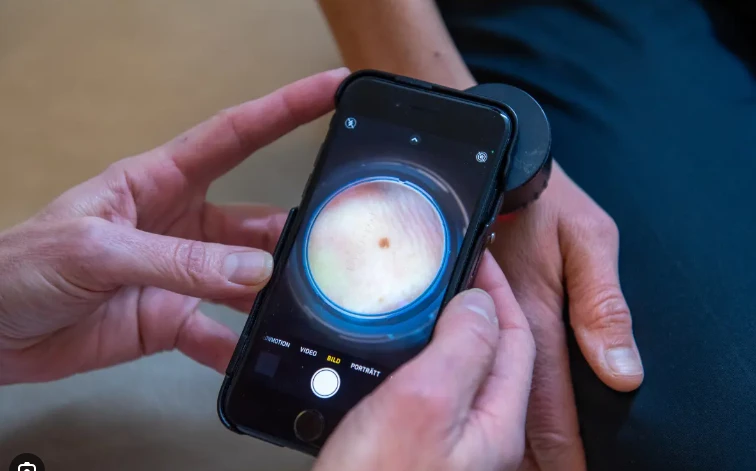Sweden sees skin cancer decline in under-50s for 1st time: study

Stay tuned with 24 News HD Android App

Skin cancer is declining among younger adults in Sweden for the first time after decades of increases, making it the first European country to see a fall, researchers said on Monday.
The risk of skin cancer is decreasing for people under 50, said Hildur Helgadottir, associate professor of oncology at the Karolinska Institute and lead author of a study published in the JAMA Dermatology medical journal.
The decline was most likely due in part to heightened awareness about sun protection and a drop in access to sunbeds, she told AFP.
Helgadottir said there was a "very clear and significant trend break around 2015".
"For 30-year-olds before 2015, there was an increase of on average five percent per year. But since 2015, it has decreased by on average five percent per year," she said.
For those aged 50 and older, "it rises by at least five percent per year and the increase rises steeply with age".
While the researchers did not analyse the causes of the decline in skin cancer cases, several main factors were believed to have played a role.
In addition to increased awareness of the importance of sun protection, another factor was the introduction in Sweden of a 2018 ban on under-18s using sunbeds and a decline in public access to sunbeds that started years earlier.
Mobile phones and computers were also believed to play a role in the decline because children were now spending more time indoors and were therefore not exposed to as much sunlight these days, Helgadottir said.
But she stressed that this was a recent trend and had "not yet had a significant effect".
The report did not comment on any potential health risks associated with mobile phones or on any health benefits for children of spending more time outdoors.
Deaths from skin cancer have also declined among under-60s in Sweden but not among older people.
That decrease is attributed both to a drop in actual cases of skin cancer and the introduction of new drugs that have improved chances of survival.
Among the elderly, mortality is not dropping because the incidence of the disease is still so high, Helgadottir said.
